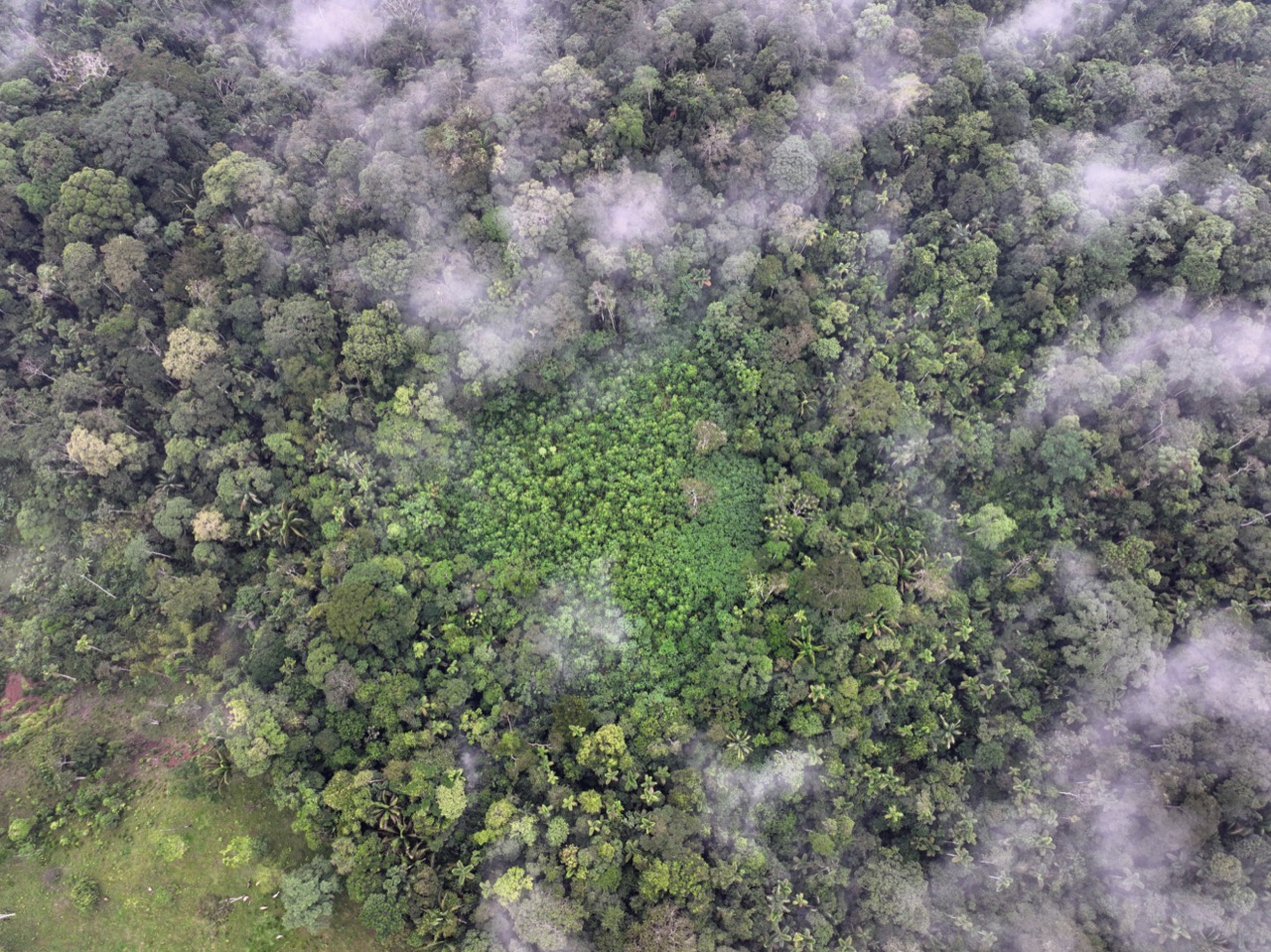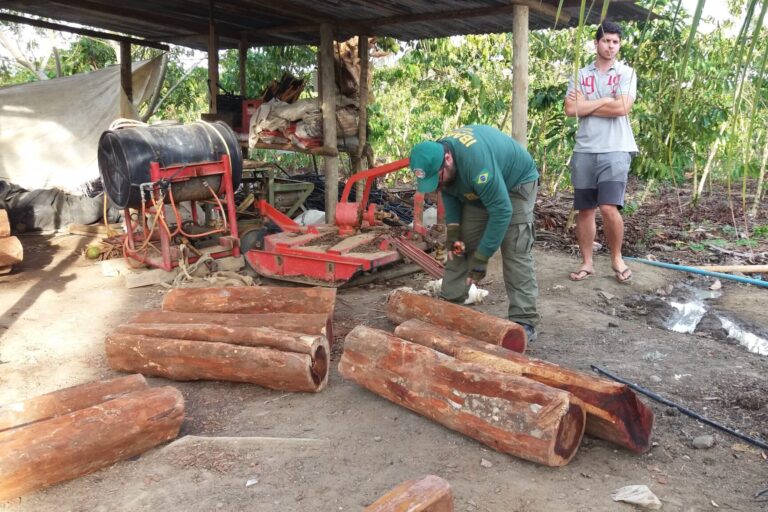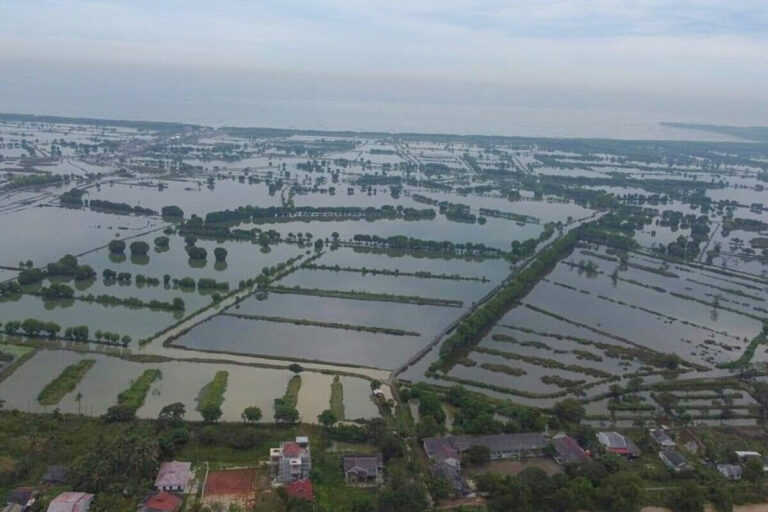- Across the Amazon, governments have tackled deforestation by creating protected areas, formalizing the rights of Indigenous People and by expanding control over how land is used.
- Most Amazon countries have also created policies incentivizing landholders to engage in sustainable forestry and agroforestry practices.
- When these policies fail, coercive measures can be used to tackle deforestation, including law enforcement and police interventions.
The command-and-control approach to reducing or eliminating environmental wrongdoing depends on both carrots and sticks. The carrots are largely linked to the private sector and are predicated on access to markets. The sticks all depend on the public sector and include administrative sanctions, such as the denial of environmental licences and the imposition of fines for noncompliance using both administrative and civil law. The biggest stick is law enforcement via the criminal justice system.
The application of the criminal code has been lax on pioneer landscapes, including for murder, fraud, slavery and drug trafficking, to name a few of the most common serious felonies. Criminal action flourishes because of the absence of strong institutions, accompanied by a culture of noncompliance reinforced by judicial inaction and political corruption. It is not surprising that environmental crimes, which perpetrators probably view as victimless crimes, are considered acceptable, because broad sectors of society pursue economic models that violate rules governing land use, land tenure, mining, forestry and agriculture.

The official policy of all the Pan Amazonian nations is to promote forest conservation and halt, or at least greatly reduce, deforestation. The most successful strategies have been to create and manage protected areas while formalizing the territorial rights of Indigenous peoples, as well as restricting the types of productive activities within geographically demarcated multiple-use reserves and communal landholdings.
Less successful have been policies intended to motivate landholders to stop clearing forest to expand productive systems; these can be organized into two broad categories: (1) persuasive policies to foster sustainable forestry and agroforestry, or fisheries and aquaculture, production systems often referred to as ‘biocommerce’; and (2) coercive policies that mandate how land is used, an approach that is contingent on the regulatory apparatus of administrative law and, if/when that fails, the application of civil and penal law to force compliance.
The eight sovereign nations of the Pan Amazon have all launched multiple programmes and projects that fall under the first category, albeit with varying degrees of success. Only Brazil has successfully organized a campaign to use the coercive power of the state to proactively regulate forest clearing and implement those regulations with financial incentives and police action.
Banner image: Green iguana in the Colombian Amazon. Image by Rhett A. Butler.














